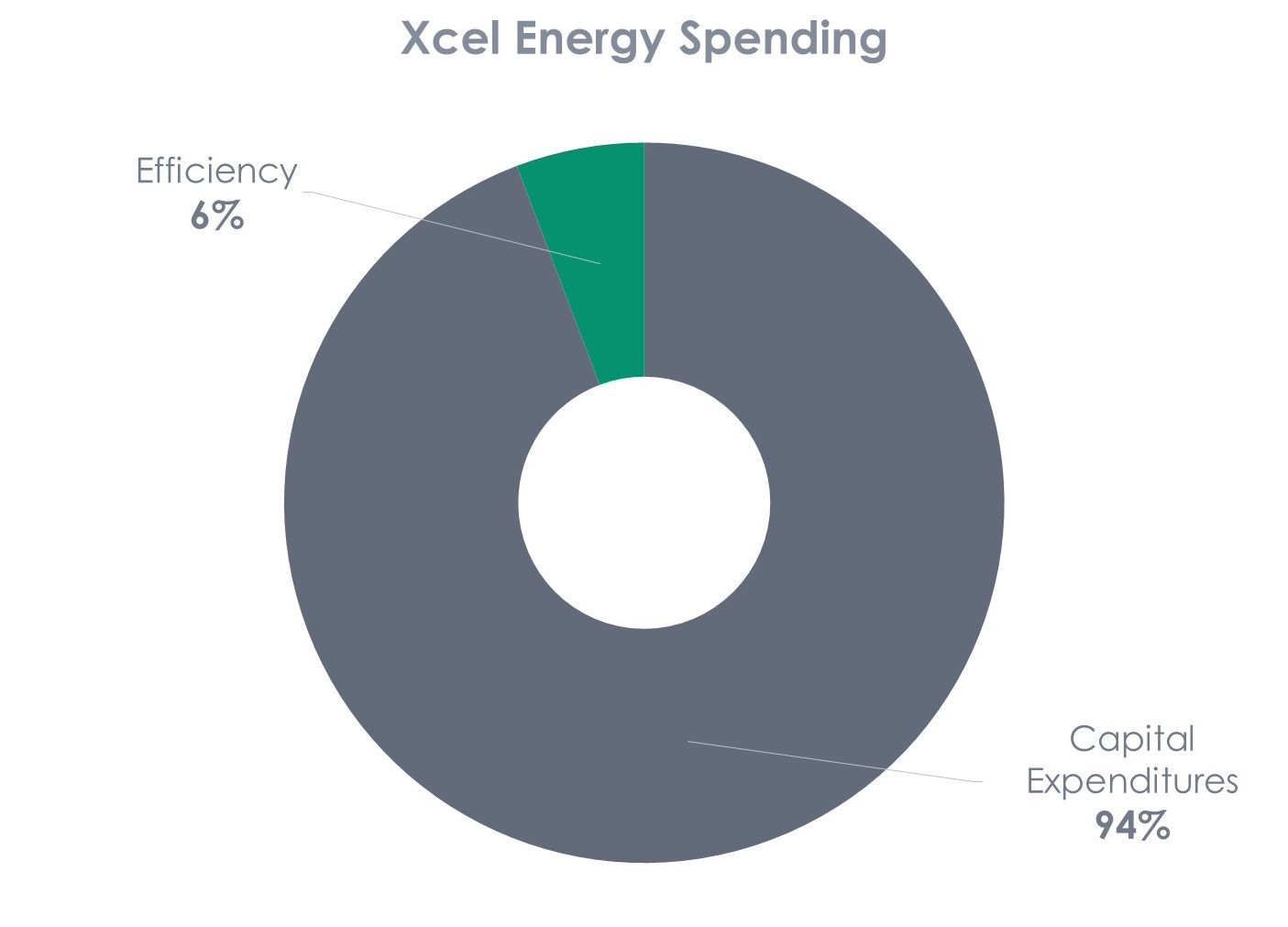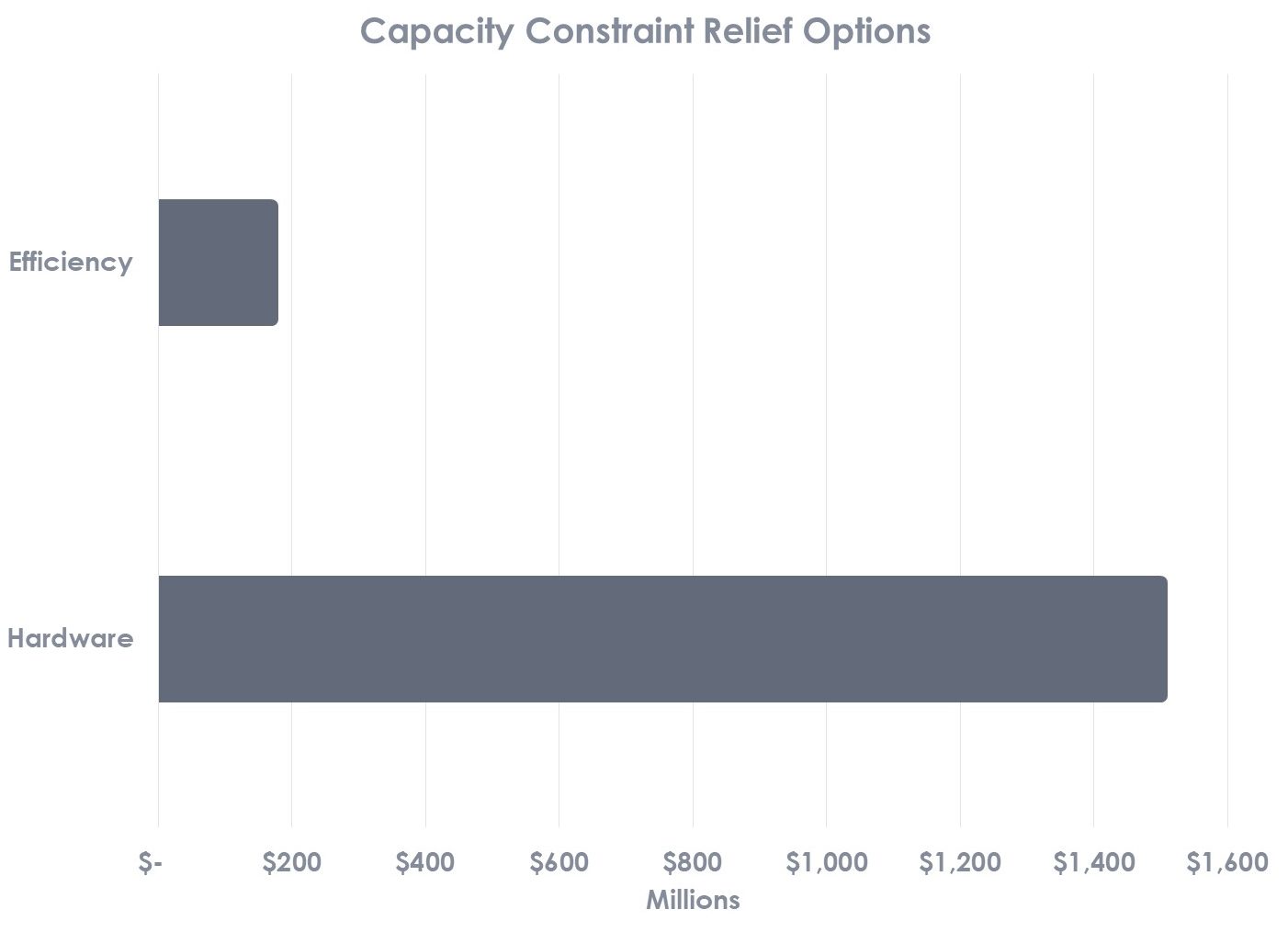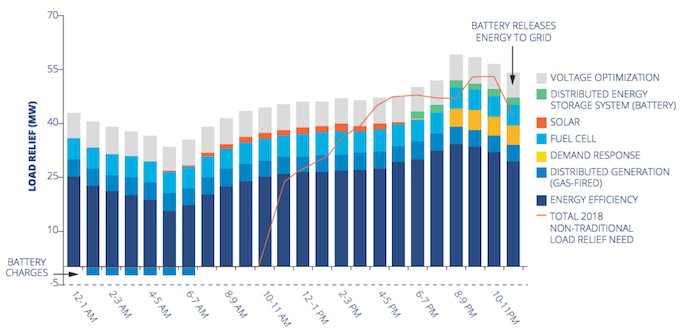
Last week we took care of the seals, mountains, earthquakes, and crickets. This week we are advancing the discussion to cover the realities of demand-side management benefits.
I know what it’s like to be short of time, all the time, so here is a super summary of last week’s post to bring you up to speed:
- Traditional efficiency programs, including 99% of those functioning today, get their savings by giving money to people in exchange for buying efficient widgets – like flipping sardines at clapping seals.
- Programs are designed around getting widgets installed and finding the next widget to fill the pipeline, rather than achieving energy and demand savings.
- Program fundamentals change at a pace proportional to shifting tectonic plates that make earthquakes and raise mountains.
- The industry spends millions on passive, after-the-fact program evaluation.
- Efficiency is scrutinized to the nth degree while supply-side resources[1]… well, crickets.
All of these things made sense at one time, like whale oil made sense for lighting. Our industry needs to move toward achieving and proving energy and demand impacts at the right times and in the right places. I’ve been beating the efficiency and demand response percussion instruments especially hard since the turn of 2018.
Let us revert to the Gene Rodrigues panel from the 2018 AESP Summer conference, which featured a representative from Con Edison, the sponsor of the ballyhooed Brooklyn Queens Demand Management project; aka, BQDM, because everyone loves acronyms.
The utility faced a $1 billion upgrade to two substations, among other things, I am sure. The policy, known as “Reforming the Energy Vision,” or REV (more acronyms), offered an alternative for Con Edison to earn the same amount of money, or maybe more, almost completely with demand-side resources. What a novel concept! Other resources included distributed generation and storage, but overwhelmingly, Con Edison met these goals with efficiency as shown in the chart below. The chart shows BQDM resources as of this year.
Note that solar contributes nothing to the peak hours.
Well gee, I wonder why Con Edison chose to use so goldarn much efficiency and demand response for the BQDM project! Could it be they are the cheapest resources, and if Con Edison were going to turn a profit of roughly $130 million per year[2] by whatever means necessary, they would do it as inexpensively and reliably as possible? When money matters and policy allows, efficiency moves to the front of the line.
Low Cost
Rather than shelling out $1 billion for supply-side poles and wires, Con Edison met their needs with $200 million spent on demand-side resources. They achieved their needs for $170 million. This geo-targeted the best opportunities for low-cost resources, saving ALL Con Edison ratepayers hundreds of millions of dollars. Some states consider this wealth transfer from some customers to other customers, and that should be avoided. How about all customers pay less regardless of where the money goes?

Low Risk
Consider the avoided risk as well. Building a power plant and replacing a substation with a 30-40 year lifetime, based on a 20-30 year load-forecast, SWAG is big money and a big risk. It will be paid for by all ratepayers, whether the load materializes or not. Therefore, even delaying major capital purchases for a decade may eliminate the need forever.
As Gene mentioned at AESP, what efficiency administrator has ever met with a grid planner? Well, in BQDM, that happened. In much of the rest of the country, the efficiency group at a utility is like the home gardener while the utility runs a California-statewide agricultural behemoth providing everything from milk, to eggs, to beef, to fruit, vegetables, and nuts – enough to fill supermarkets.
The $8 billion the country spends on efficiency is “chump change” to utility infrastructure. It’s “less than the rounding error” on the infrastructure forecast[3].
The rules have to change before any utility executive in their right mind will change strategy. Efficiency reduces risk, costs 1/5 of supply-side resources, yet we spend far less than the rounding error of the riskier stuff. How silly is that?

Consider a best-case scenario from a utility that appreciates, if not loves, efficiency – Xcel Energy. T&D World writes that Xcel Energy plans to spend about $3.6 billion per year on capital projects for the five years beginning 2017. During this period, they will spend roughly $200 million per year on efficiency. On a beloved pie chart, this breaks down as follows. Imagine what they would do if policy incentivized them to make money on demand-side resources[4]!
The policy needs to change. The programs need to change. I will cover the latter in a future post.
[1] E.g., wind farms.
[2] Ballpark estimate based on 13% return on a billion dollar capital project.
[3] A couple Gene Rodrigues quotes.
[4] Beyond what policy provides now, which is pretty darn good!





